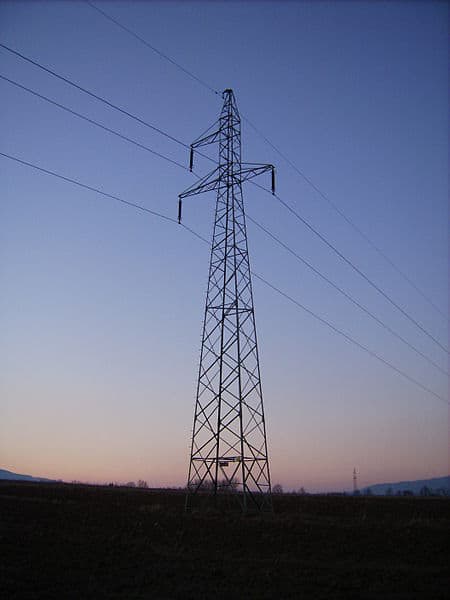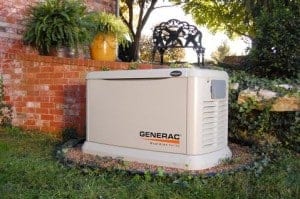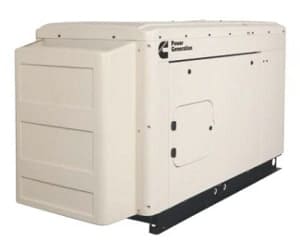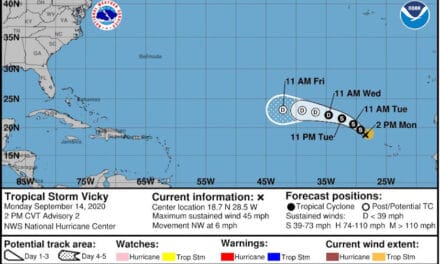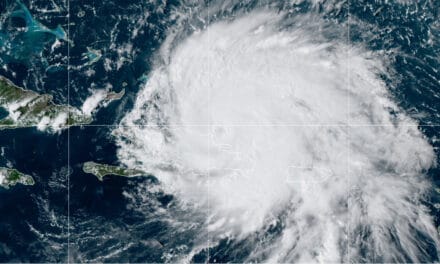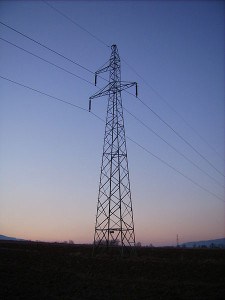
High-Voltage Transmission Towers Support Cables that Carry Electricity Across the Continent’s Electrical Grid
Even though the United States is one of the most technologically advanced countries in the world, the nation’s power grid is based on technology and equipment from the 1960s and 1970s. It’s no surprise therefore, that a 2012 study funded by the Department of Energy at University of California’s Lawrence Berkley National Laboratory found that the reported frequency and duration of power outages has been increasing at the rate of two percent every year.
In 2010, a Minnesota University study revealed that in the years 1991 to 1995, there were 41 non-disaster related outages affecting 50,000 or more customers. From 2001 to 2005, that number rose to 92, an increase of 124 percent.
And in 2006 alone, there were 36 such outages.
Best – Worst States
If you live in Iowa, Minnesota, Missouri, North or South Dakota, Nebraska, or Kansas, chances are you’re less likely to endure a protracted power outage. Based on the number of utility customers and the length of widespread outages, the average consumer experiences less than two hours of service interruption per year, according to a 2008 study.
Data from the same study shows that residents of New York, Pennsylvania, and New Jersey can expect an average of four hours of service interruption every year.
Electric utility reliability in other states falls somewhere between these regions. The same study compared the United States to Japan where the interruptions average just 4 minutes per year, per consumer.
It bears repeating that reliability isn’t getting better, it is getting worse at the rate of two percent every year, and this study is already six years old. Equipment breakdowns in the nation’s aging electricity transmission and distribution system are responsible for more than 24 percent of the country’s power outages.
Grid Blackouts
The power grid in North America is comprised of several key components. Generating stations produce electrical power which is stepped up to as much as 765,000 volts by transformers for long-distance transmission. Transmission lines supported by steel towers carry the high voltage to sub-transmission stations where it is stepped down to 26,000 or 69,000 volts for local distribution. Substations reduce the voltage again to 13,000 volts. Local transformers reduce the power one more time for use in homes, businesses, industry, and other facilities.
Any component in the system that fails can cause a widespread outage that lasts for days and affects thousands of utility customers. And because the entire grid in North America is interconnected, failure in any of the transmission components can cause widespread blackouts that affect millions of people.
When transmission systems fail, they cause other failures and equipment damage. In 2003, A software bug caused a blackout with cascading failures in the Northeast and Canada, ultimately affecting more then 55 million people for at least two days. Another blackout was caused by human error when an substation under maintenance was prematurely put online. The error caused 26 other substations to shut down, affected millions of people, and economic losses ran into tens of millions of dollars.
Protect Your Home and Business
You can protect your home and business with a backup supply of electricity. Standby generators integrate into a building’s electrical system with an automatic transfer switch and isolate the building from the power grid during an outage. The system detects power interruptions immediately. After a short delay to prevent unnecessary starts during momentary outages, the automated system starts the generator, then switches the building onto generator power. Once utility power is restored, the system reconnects the building to the grid and then begins to shut down the generator.
It all happens automatically and without human intervention. Most standby generators run on natural gas or LP gas to eliminate frequent refueling or volatile fuel storage. Some systems run on diesel fuel with integrated fuel tanks.
A standby generator gives you peace of mind with the knowledge that you can keep your businesses doors open and your home livable and safe during an extended power outage.

